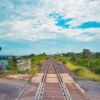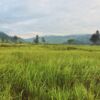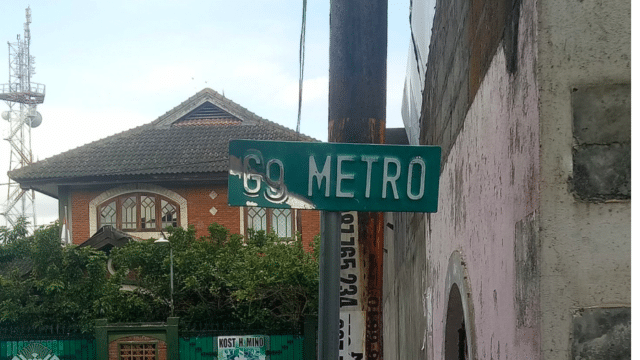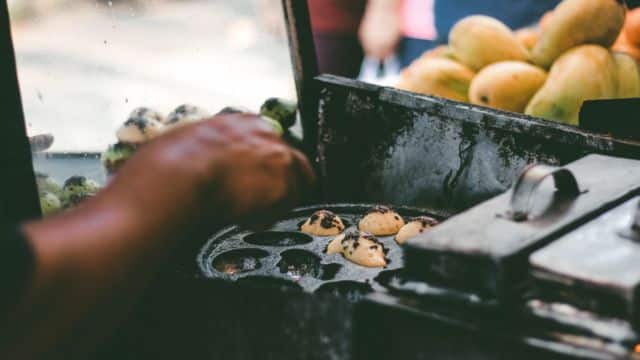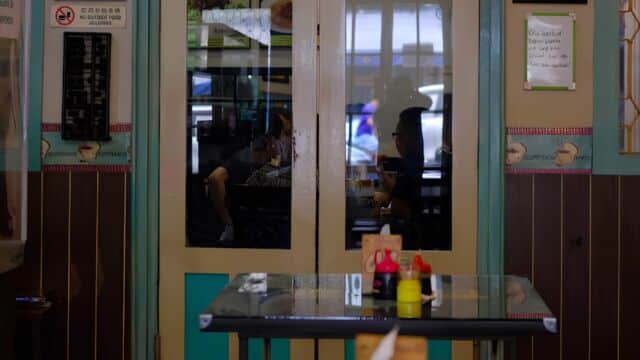I Hiked Mount Rinjani in the Depths of the Pandemic
Photo: Azinumoto/Unsplash
Indonesia’s second-highest volcano | 1500 words | Translated from Bahasa Indonesia by Dan Benjamin
It began with my friends and I making plans to hike Mount Raung at the start of 2020 – which got cancelled when Covid came along. A year passed without so much as a word… then out of the blue I was invited by Bang Yaser to a WhatsApp group named ‘Rinjani 2021’.
Most members were from a gang who call ourselves ‘Nyeruntul’. We’re friends from around the area where I live in Jakarta who like the outdoors. We mostly climb mountains, though sometimes we’ll go to places like beaches and caves afterwards. There was Bang Yaser, Bang Ipul, Anto and Inoy, with whom we’d already climbed mountains in Java several times. Bang Ipul had also invited two work colleagues, Mbak Dinda and Irma. And Inoy invited two friends he knew from a community of teacher volunteers, Eny and Dimas, from Serang, while Yusuf invited an old school-friend, Amanda. And one extra and very useful addition addition to the group, who ended up aranging a lot of details of our trip, was Kak Birong, who now lives in Bogor but works in Jakarta, but also often stays in Bali. Beyond the WhatsApp group, there was also Koh Wiki, a professional guide from Bekasi – he’d already hiked Rinjani 6 times. He became our team leader, helped out by his friend named Agus from Pontianak.
We worked out suitable dates, searched out trip vendors offering group discounts, and destinations to visit before and after Rinjani itself. The departure date and flights were rescheduled twice because of continually-changing government Covid restrictions. At the time both Jakarta and Lombok were at PPKM Level 3, and on all flights out of Jakarta passengers had to be both vaccinated and PCR-tested. A PCR test was then 500,000 rupiah ($US45). Not great, hey – there and back a million rupiah.
D-Day. At an airport checkpoint my data was verified. I put in my national ID card and tring – I was declared fit to fly. It was all very different from before the pandemic: we had to have the Care & Protect app downloaded as well to validate our documentation and submit our information. The airport wasn’t too busy, except there was a slight queue at the counter because people were having difficulties with the machines. All the usual health protocols were being enforced strictly.
On Day 1 in Lombok we went to check out Merese Hill and Tanjung Aan beach. At Merese Hill there weren’t many people, although some sort of event was being prepared with several tables and chairs – an outdoor dinner, it seemed. At Tanjung Aan there wasn’t anyone else, just us. We had a much better time compared to normally, when beautiful beaches always come with crowds. It was peaceful – the sound of the waves, occasional bird-calls. Like a private beach.
The terrain changed continuously. Walk beside a sharp precipice while entrusting your fate to a single rope – check. Crossing a river flowing actually quite strongly – check. Climbing a cliff with help of a wooden ladder – check. Making your way through a pile of large rocks on the river’s edge – this one too, check. Oh, and of course several Instagrammable spots with waterfalls for backgrounds.
On Day 2 we started the trip to Rinjani. After some form-filling at the basecamp, we took a ute that we rented to Kandang Sapi, the starting-point. The night before we had been asked if we wanted to ride an ojek motorbike taxi to Post 2, or just send our bags. Dinda and Amanda straightaway put up their hands to take the ojek. While packing, the rest of us thought and discussed, then decided to send our bags only. While still saving energy by not carrying a big pack, I wanted to enjoy this part of the hike: the open savanna country itself, chatting with the new people among us, meeting the freely-ranging cattle which live on Rinjani’s slopes, and taking photos.
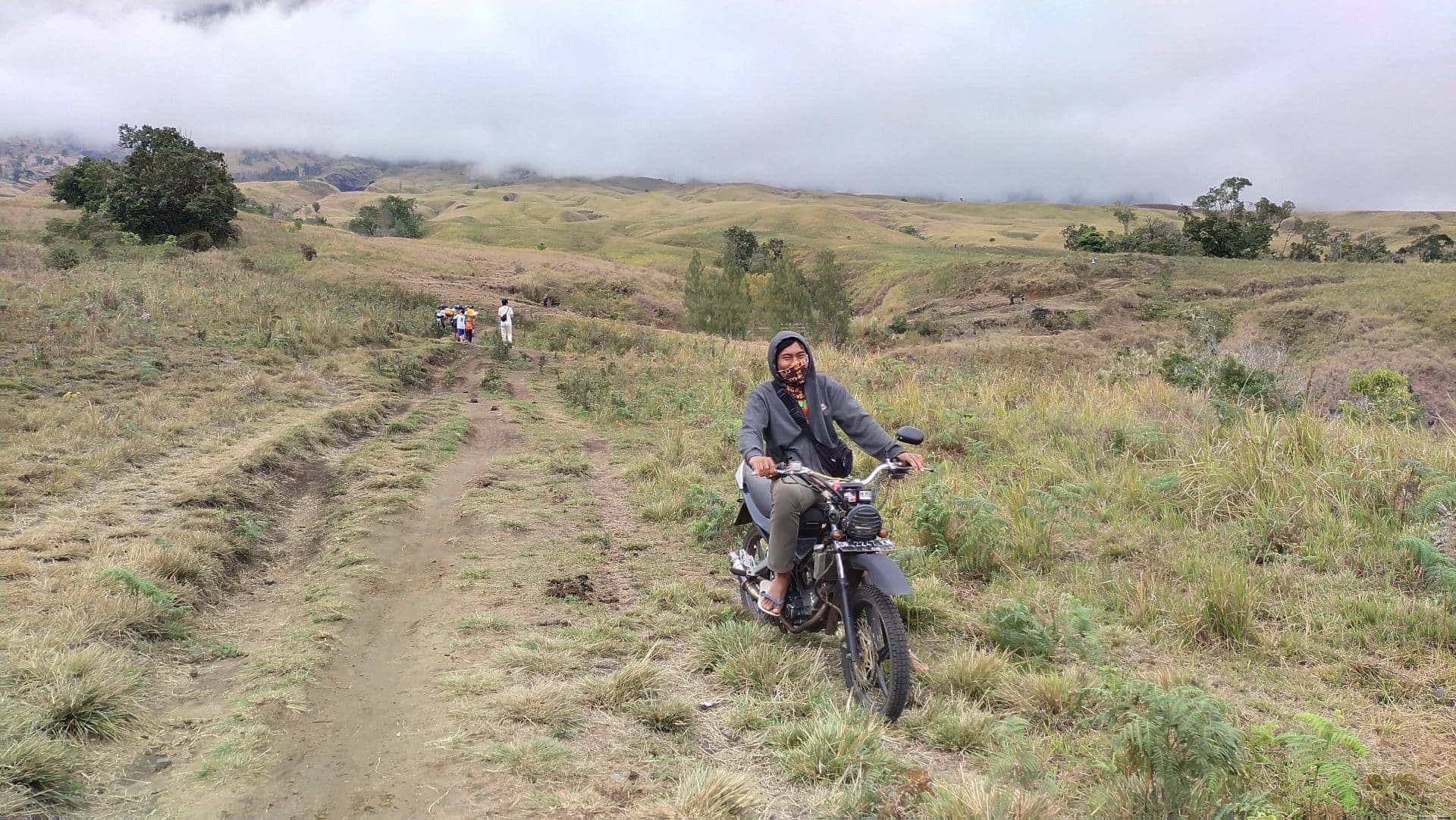
After we started, I was presented with a view of many small hills revealing different shades of green and brown. Open land, covered in long grass, with only very few trees.
Arriving at Post 2, we straightaway took a break and ate lunch. A drizzle began, fog obscuring any view of the trail ahead. Intermittently I talked to friends, mostly old stories of hikes we’d done before. Nostalgia for our trip to Mount Cikuray, where we were drenched by rain on the way and Bang Yaser couldn’t sleep all night because of the cold. And about Mount Sindoro, where we were fined because we disobeyed park rules by bringing wet wipes on the hike. Not to be emulated, yeah…
Continuing our trip to the next post I chatted less, focussing on enjoying the walk. We were moving through rolling hills that continued to get higher, especially in a part of the track known as the ‘seven hills of regret’. A series of steep hills, where climbers always assume each summit will be the last one, only to find that behind each just-ascended peak lies another. Sounds fun, right?
Around 6pm we arrived at Pelawangan Sembalun, a high plateau. Before Koh Wiki had said, ‘Hey, later we’ll all get a photo at the Pelawangan Sembalun signboard’. Yet when we arrived it had already vanished – too dark. Arriving at the tents our porters had pitched, I changed clothes, then we had a dinner of chicken soup and fried tempe that the porters had prepared before going to sleep.
Oh yeah: so for our trip we were accompanied by porters who doubled as chefs. There were five of them, all born and raised in Lombok and pretty famous for their ability to carry heavy bags in the old-fashioned way, just hoisted on their backs, while wearing flip-flops. Kak Birong and Koh Wiki had hired them. They were friendly: we chatted often as they were cooking or we were eating or resting. But while walking they were rarely at our side: they walked faster than us and in any case always left earlier so they could prepare our camps and meals.
At 1am, we got up and prepared to go to the summit. We were still accompanied by drizzle and now a harsh wind: I readied myself with gloves and raincoat. After less than an hour, Irma gave up and returned to the tents, escorted by Koh Wiki. 15 minutes later Amanda did the same, escorted by Agus. The rest of us continued, accompanied by a porter. Slowly and unsurely we followed a sandy trail.
While we had a short break, two hikers who were descending told us there was a storm ahead. After a discussion, we finally decided to turn back too. Maybe a few of us were disappointed. Not great, the feeling of abandoning the summit. But what can you do – you can’t force things, especially things weather and nature-related. You can only say: ‘Next year we’ll come back’.
In the morning the weather was bright. The view of Lake Segara Anak below us was utterly clear. We took photos while making jokes – Amanda even did an Instagram Live. After nasi goreng and banana nuggets for breakfast we continued down, towards the lake. As seemingly always on this trip, as we began to walk rain began to fall while fog come along to hide the views. On this trail we were passing a steep terrain full of rocks.
Arriving at Lake Segara Anak, I relaxed and took in the view. The lake is surrounded by a crater rim to the side of Rinjani, with the Gunung Baru volcanic cone sitting in its middle. We saw several people fishing at the water’s edge. That afternoon, I bathed in a hot spring. The views en route were outstanding: a valley flanked by two green-brown hills, and in it a river flowing.
The next day after lunch we want back to the basecamp via the Torean trail. When Ninja Hatori sung, ‘climbing the mountain, crossing the valley, the river flows gloriously to the ocean’, perhaps he was describing the Torean trail.
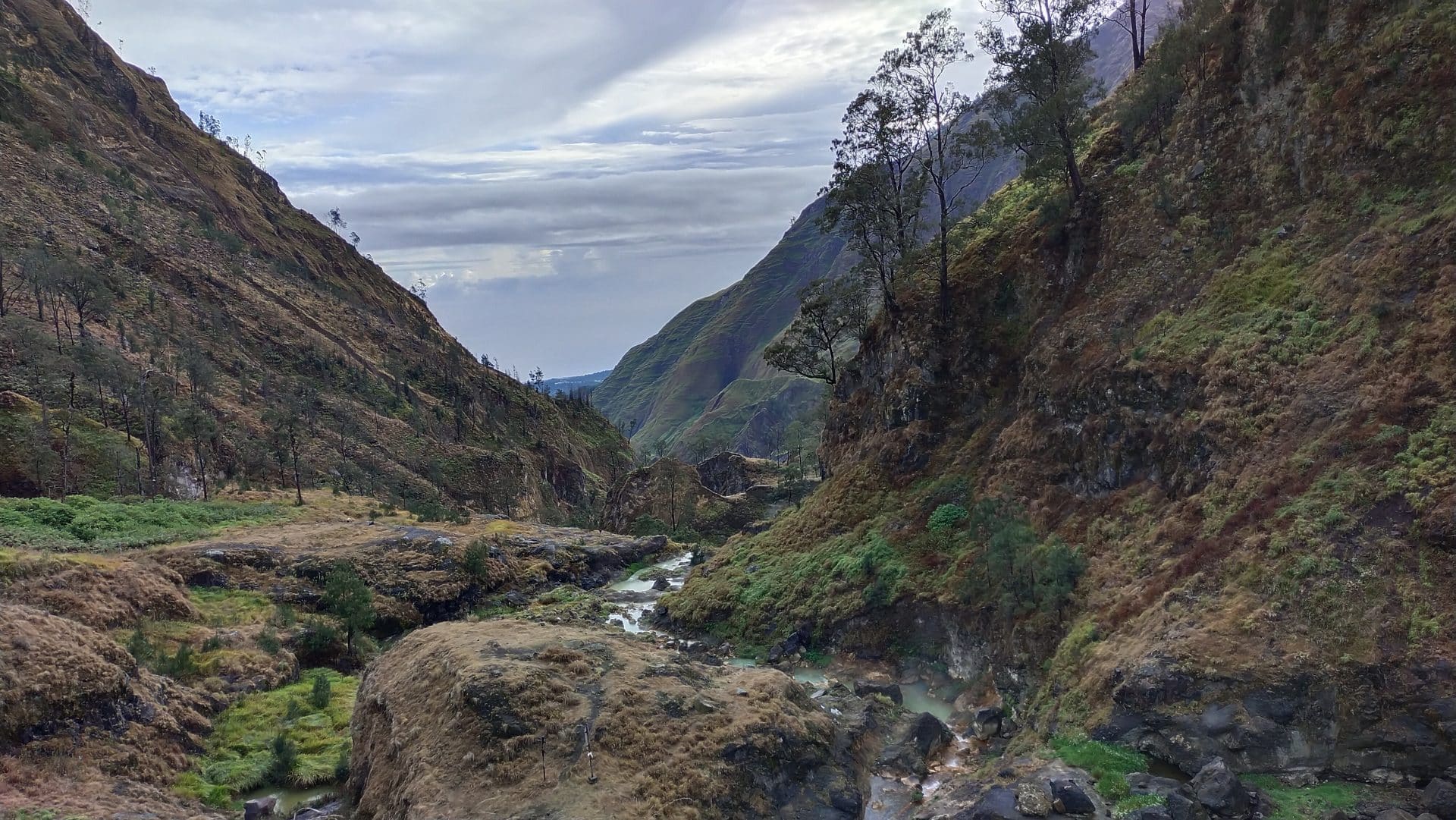
Because this trail was quite long we camped one more night. Next day we made our way to the basecamp. This time the weather stayed very clear, which meant very hot. The heat exhausted our energy reserves. If before our bodies and clothes were wet from rain, now they were wet from sweat.
While resting and waiting for the porters to cook lunch, lounging on our sleeping-mats under the tree-branches and leaves, we shared stories. Of the 14 people here, eight I had first met on this trip. It was pleasant, the feeling of having made new friends. I heard bits and pieces of their lives and experiences. Koh Wiki, Agus and Kak Birong, who often went to east Indonesia to dive, telling of the riches of the oceans of Indonesia. Dimas, who had been nicknamed ‘The Coin Kid’ in his youth because he and his friends had liked to swim in Merak Harbour in northestern Java for coins tossed by the passengers of ships. And other stories from professional working lives, about meeting sales targets or fulfilling the needs of clients, some being done whilst this very Rinjani hike was taking place.
Koh Wiki had said: when we see farmland, we’re close to the end. When we indeed reached farming land, our pace couldn’t quicken, as our legs were too sore. On the verge of the basecamp, I was lured by a warung. Just quickly, to rest and gather energy. I ordered an iced Nutrisari juice from a satchel – orange, 2 glasses. Who can tell me it didn’t taste ultra-fresh? After arriving at basecamp, I added a glass of iced tea with sugar.
In transit, we got the news from social media that health policy had changed – flights to Jakarta no longer required PCR tests. But then after investigation, we found out Lombok Airport was still applying the former rules. Hurriedly, we searched for a clinic that could give us results fast enough.
Thank goodness all tests were negative, so we were free to fly to Jakara and return to the world of tight health protocols, after a few short days in the mountains without masks and distancing. With that re-entrance, our trip to Rinjani came to an end.
© Dwi Yasunah
English translation © Dan Benjamin
